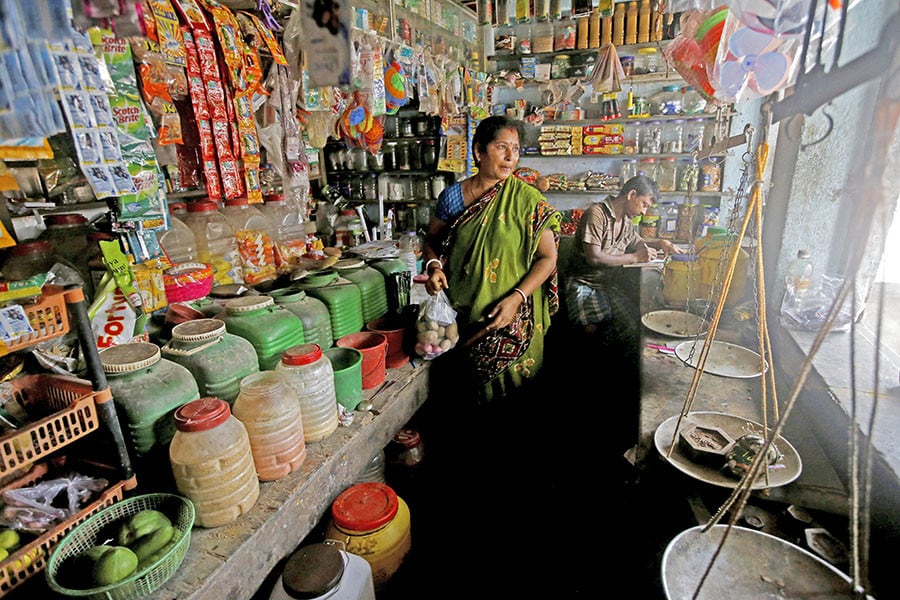
Hindustan Unilever's numbers disappoint, point to lack of revival in demand for the consumer sector
Low volumes growth, higher advertising spends and a higher royalty payout resulted in lacklustre numbers from India's largest consumer goods company
 HUL’s performance points to a lack of revival in demand and points to weak numbers by consumer companies particularly those catering to rural India like Dabur and Emami. Image: REUTERS
HUL’s performance points to a lack of revival in demand and points to weak numbers by consumer companies particularly those catering to rural India like Dabur and Emami. Image: REUTERS
Results from India’s largest consumer goods company Hindustan Unilever usually act as a weathervane for consumer demand in India. Industry watchers keenly watch its numbers to decode the mind of the average consumer that spends in small ticket sizes. HUL’s latest quarterly numbers released on July 20 point to a tightfisted consumer that is yet to loosen their purse strings.
Growth in HUL’s topline and bottomline numbers was dragged by poor volume growth, rising advertising and promotion spends and higher royalty payments to its parent company Unilever. Sales were up 7 percent to Rs 14,931 crore and net profit up 8 percent to Rs2,742 crore. These was the first quarterly results announced after new chief executive Rohit Jawa took over in April.
HUL’s performance points to a lack of revival in demand and points to weak numbers by consumer companies particularly those catering to rural India like Dabur and Emami. The company has to contend with two issues. Slowing volume growth and lack of price growth on account of falling commodity prices.
Volume growth at 3 percent came in below the consensus 5 percent that analysts had estimated. “Various managements have been saying for the past 5-6 quarters that rural demand is reviving but we are not seeing this on the ground,” said Sachin Bobade, vice president at Dolat Capital. According to him channel checks don’t show consumer sentiment recovering. Rural demand had revived during Covid but in hindsight that was a lot of spending that had shifted from urban India on account of workers returning to their hometowns. Now, migrant workers are back in urban India and high inflation levels have meant they have less money to send back home. This has affected demand adversely.
Also read: Ready, Steady, Heady: How ShopKirana doubled its revenue in pandemic year








